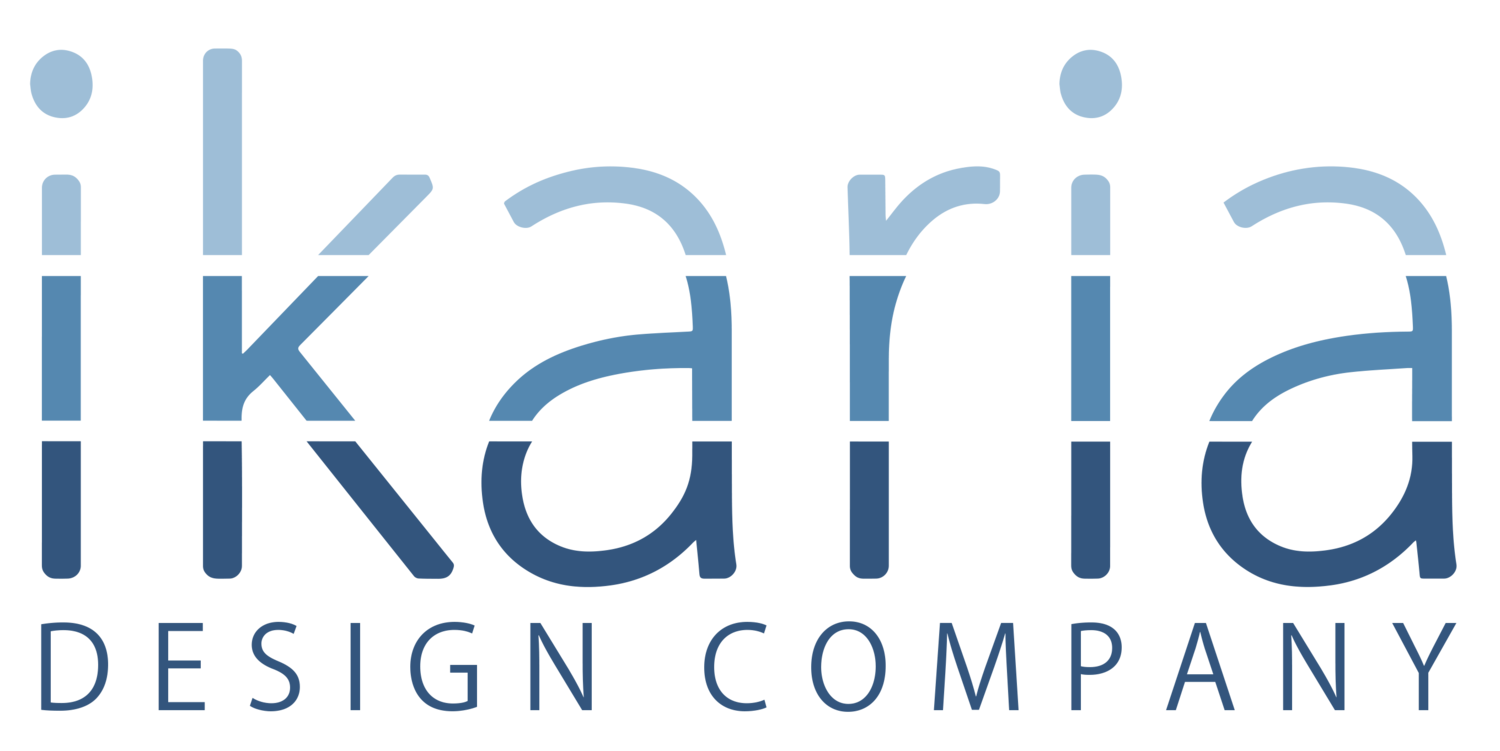Drift happens, design for resilience.
This morning I heard three words a business owner never wants to hear, “You missed payroll”.
It had nothing to do with cash flow, and thanks to an alert employee and good relations with our payroll vendor, the matter got resolved. I happily paid the bank's same-day filing fee. But it brought into stark relief one of the benefits and dangers of technological automation.
Thank goodness that the system for compensating our employees doesn’t rely just on my habits and memory. Our employees manage their time clocks through a mobile app. The last step is for me to double-check the hours and send the report to our payroll vendor. This time around, the calendar notification that reminds me of my step in the chain had run its course. When I had set it up, I had set it for 100 cycles (Now it’s set to “never ends” like my reminders of family birthdays and anniversaries).
It was wholly my fault. I couldn’t blame Siri. I couldn’t blame the payroll vendor for not calling when he noticed my regular email reporting didn’t show up. Drift happens even in the most automated of systems. In fact, the best systems are designed around drift, and use the inevitable drift as one of the triggers that call for correction.
Thermostats in our homes never maintain a precise temperature. The temp is forever fluctuating back and forth as it always overshoots our desired setting before shutting off. Then it kicks on again only after the temperature drops below that number. Some systems can tolerate a wider drift than others, but there’s always a point of diminishing returns if we try to automate out all variation.
At Ikaria Design, we’re about designing products that help us counter the natural drift into too-short hamstrings and psoas. We purposely design out the conventional features of fast furniture so that you can more readily notice when your physiology is drifting away from resilience. The sooner you can notice, the less time you need to devote to correcting it. In that way, it’s easier to incorporate the correction into other activities, such as getting up for a water break or stretching in front of your favorite show.
Life itself is designed to preserve the status quo by maintaining homeostasis, but it’s also designed to exploit the inevitable drift of DNA. As we wonder about humanity drifting into the uncharted waters of climate change, what can we learn from observing the systems we share with our fellow creatures? Armadillos have drifted so far north from their usual habitat, that we’ve seen them foraging in our yard here in Mid-Missouri. As the last of the hummingbirds traveling in the opposite direction visit our feeders, I’m reminded that the dinosaurs that squeezed through their climate change bottleneck millions of years ago were the winged ones. Mobility is an asset during periods of immense change.
Will we be able to learn how to employ the tools of AI to tighten up our response to drift? Can we use it to slow down our drift into climate catastrophe? My catastrophizing brain always seems to be able to imagine the runaway scenario more easily than a scenario where natural boundaries are discovered. As we approach environmental tipping points, can we start looking for feedback loops that are regulating/limiting rather than self-reinforcing?
Having multiple eyes on our business processes helped arrest my drift away from the payroll schedule. Our chairs and floor desks provide your body with multiple leverage points for gravity to inform your nervous system, so you are less likely to drift into a shorter health span. Are you maintaining your face-to-face social ties so you don’t drift into a screen-mediated isolation? If you live in the US, do you have a plan to vote so that we don’t drift further away from alignment with our constitution? Drift happens, but there are more than enough of us to share the job of keeping an eye on the compass and a hand on the tiller.


